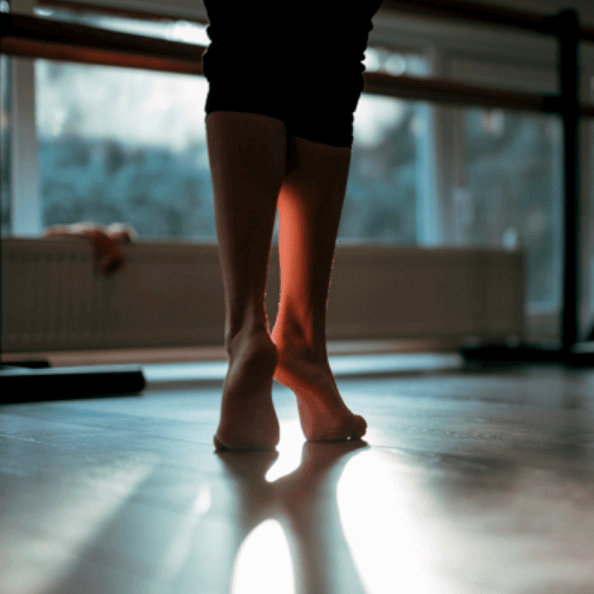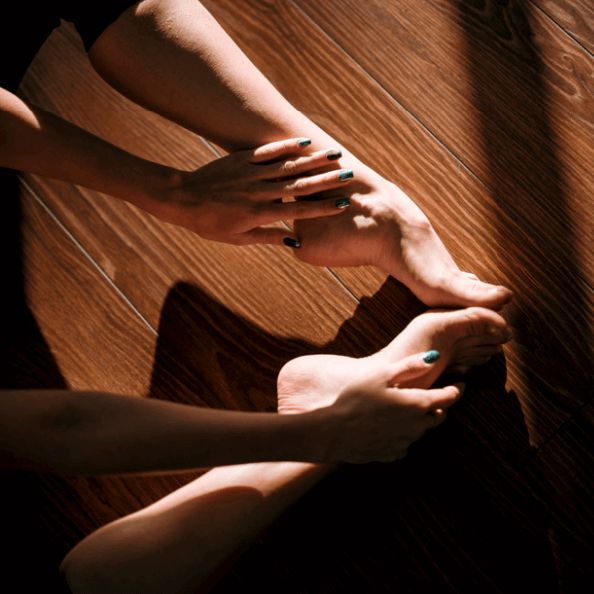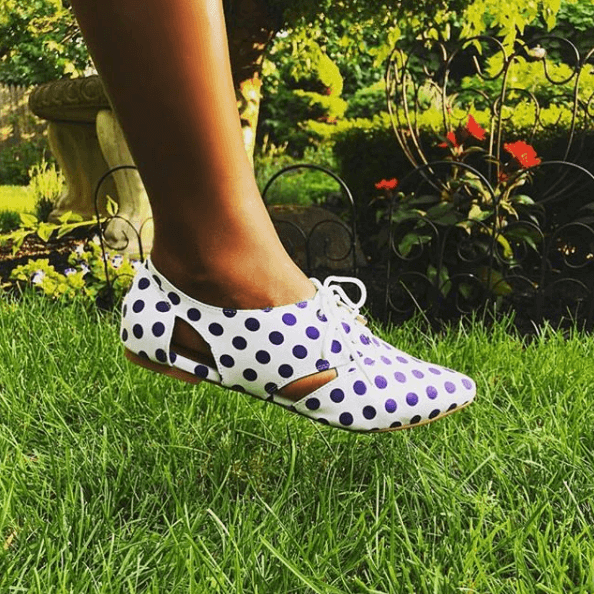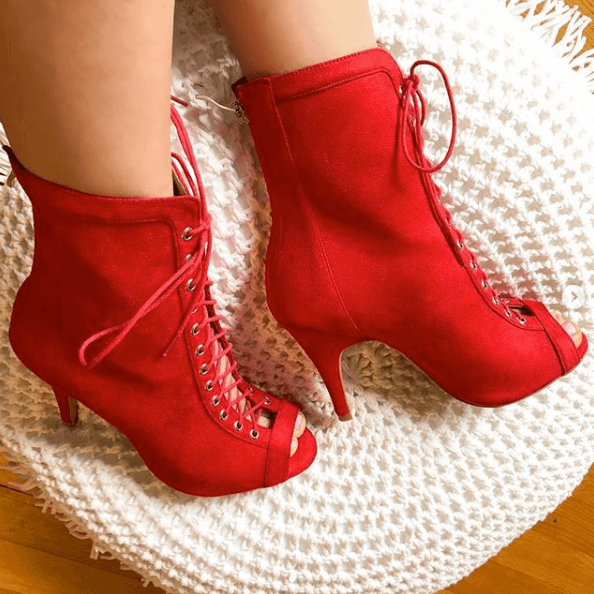How To Know If You Have A High Instep For Shoes
Posted by Burju Shoes on Jun 26th 2019
How To Know If You Have A High Instep For Shoes
We know what you want: sexy, stylish, comfortable shoes. But we also know that for some, finding a sexy, stylish, comfortable shoe is a challenge. The fact of the matter is that not all shoes are comfortable for all feet. Why?
The answer is usually this: your foot has a unique shape.
When shoes are made, they are cobbled on an outline of an average foot shape, including width instep. But there are those of us who don't have average shapes to our feet, which can make fitting into those gorgeous, work-of-art heels seem like an impossible daydream.
But hope is not lost. You can find a sexy, stylish, comfortable shoe to fit your unique foot much easier if you know which part of your foot presents the challenge. By knowing which part of your foot is giving you grief and fashion envy, you can better identify styles of shoes that will work for you.

Instep 101
When we talk about insteps, we are really talking about how much arch the bottom of our feet have. The terms instep and arch are actually interchangeable, so keep that in mind as we go over the most common types of instep.
Low Instep
Also known as the flat foot or the flat arch. This is a foot shape where the instep is almost entirely flat, so it has very little curve. Flat insteps make for uncomfortably tight shoes, and sometimes means that you need to be looking for "wide" shoes.
Medium Instep
The most common type of arch and the instep average that is used to make shoes. A medium instep has just enough curve that it fits comfortably in even the most snug of shoes without causing any pinching pain. This is the ideal instep for heels!
High Instep
Having a high arch usually means that your foot has a pretty, graceful look to it. You have the ideal beach footprint since your instep has a nice, deep curve. High insteps are healthy, but they can also sometimes be a pain if you are looking at booties or strappy sandals.
Extra High Insteps
This is not terribly common, but also not uncommon enough to exclude from this list. Having extra high arches is actually sometimes a cause for concern, as the foot has less flexibility and needs arch support to correct the extreme curve of the instep.

Get to Know Your Instep
Not sure which kind of instep you have? No worries. Learning which arch you have is actually done with one very simple at-home test. Once you know your arch, you can buy shoes that will fit you better, or take corrective measures by purchasing insole pads to make your shoes more comfortable. Here's how you can get to know your instep.
The Wet Test
Commonly called the wet test, this is the easiest and quickest way of learning which instep you have. The results will speak for themselves! All you need is a wet foot and something to step on, though we recommend construction paper or cardboard.
Step 1
Wet your feet by dipping your entire foot in shallow water. You can use your shower or a bowl or a convenient puddle.
Step 2
Step onto a dry surface, such as a piece of cardboard or construction paper. Do not move foot multiple times. Just press your wet foot down on the dry surface, hold for a few seconds, and then remove the foot.
Step 3
Study your footprint. You will easily be able to tell which instep you have based on what your footprint looks like.
Did the wet test show you which instep you have? There really is no mistaking one instep for another. Flat insteps have flat, almost rectangular footprints. Medium insteps have shallow dips on the side of the footprint. High insteps have deep curves on the side of the footprint. Extra high insteps have extremely deep curves, almost like taking a bite out of a cookie.
Best Shoes for High Insteps
Take our word for it: you can still wear plenty of gorgeous shoes if you have a high instep, and you can wear them with comfort. Here are a few tips to picking out the right shoes for you and your high arch.
Pumps
These heels will be your best friend. Because of the open top, a high arch is not a problem for a pump heel. Not only that, but pumps never go out of style. Can you say classic?

Flats
While Mary-Jane flats might not be in your future, there are other styles of flat shoes you can happily wear. Boat shoes and canvas shoes that give leeway over the top of the foot are excellent options. Oxford designs are also your friend! Any kind of open-face flat, like ballerina slippers, will also be comfortable for your high arch.

Strappy Shoes
Just because you have a high arch does not mean that you can't wear the summery strappy heels and sandals that everyone else has. It does mean that you have to be thoughtful when picking out those strappy shoes. Pay attention to how the straps are made. If the straps on the shoe are long or have elastic stitched into the insole, then you will have an easier time fitting comfortably into those shoes. You might also want to look for shoes with straps that focus over the toes and ankles, rather than over the top of the foot!

Clogs and Mules
With clogs and mules coming back in style, you might be looking for options that are comfortable. With a high arch, you might run into a challenge finding a shoe that fits over the top of your foot, so be on the lookout for shoes with elastic stitching or buckle options.

Boots
We love booties in the colder months, but those of us with high arches have to be selective in the boots that we buy. Search for boots with more relaxed fits, or go up a half-size or two to give your arch the space it needs to make the boot comfortable to wear.

Real Talk
Sexy, stylish, comfortable shoes don't have to be an impossible daydream. Once you know what kind of instep you have, you can wear any shoe you want, and wear that shoe comfortably. You can and will find gorgeous, work-of-art shoes to fit your high instep as long as you keep a few simple guidelines in mind—so shop smart!
Related Articles
Tips For Preventing and Relieving Pain Caused by High Heels 4 Myths and Truths About High Heels You May Or May Not Have Heard


